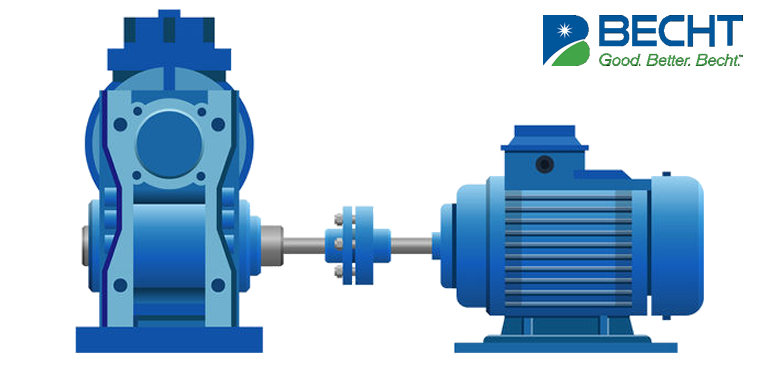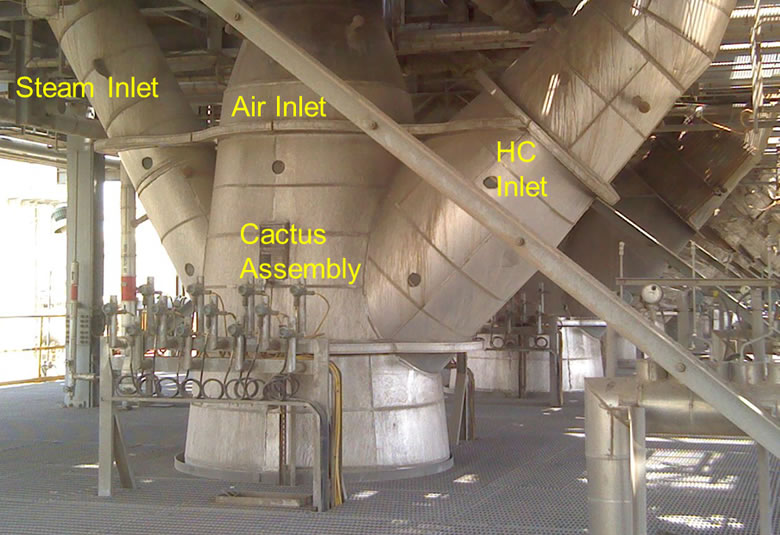Shaft Fatigue Failures – Part I

Many years ago when I first started my career in a rotating equipment maintenance organization, I was spending the day with a senior metallurgist, which was part of my orientation process as a new technical employee. He was well known to not have the best “bedside manner” and it was clear he was not thrilled to have a young mechanical engineer by his side for the day. As I walked into the materials lab, looking for something to start a conversation, I picked up a small broken ANSI pump shaft and asked if he knew why this shaft had failed? His response I vividly remember to this day – he said, “Son, I have not analyzed that failure yet, but if it is a shaft out of a piece of rotating equipment and is broken into two pieces, there is about a 90% chance that it is a fatigue failure”.
While one can debate the exact statistics recited above, after many years of experience with various equipment failure investigations, I would have to agree that his statement paints a pretty accurate picture. Namely, that shaft failures in rotating equipment are often the result of a fatigue failure, and more specifically, high cycle fatigue failure. That is not to imply that low cycle fatigue mechanisms do not exist in rotating equipment – because they do – but many loading scenarios involve a stationary force applied (i.e., differential pressure) to a rotating shaft, resulting in a completely reversed bending stress on the shaft, or rotor. Therefore, I will limit the discussion here to only high cycle shaft fatigue failures.
Not only do shaft fatigue failures in critical machinery result in significant business loss due to unplanned downtime, but have the added challenge of often presenting significant environmental concerns (loss of primary containment) and safety concerns (fires due to loss of primary containment in flammable services). Unfortunately, avoiding high cycle fatigue failures in rotating equipment through inspection is not practical, and therefore the starting point is always a good shaft design, supported with a solid fatigue calculation basis; otherwise the machinery owner/operator is left in the dark about the risk of fatigue failure – even in legacy designs. After a robust shaft/rotor design is established via calculation, operating and maintenance practices to avoid excessive loads, and to prevent shaft fatigue degradation mechanisms are important to avoiding shaft fatigue failures.
I would emphasize the need for having a solid shaft/rotor fatigue analysis for your rotating equipment. You may be thinking – I am not an equipment designer or OEM, I am an end-user, and therefore not interested in fatigue calculation methods – that is the responsibility of the OEM. That rational should be reconsidered, for a couple of reasons.
First, as an end-user knowledgeable in fatigue calculation methods, you are in the best position to ensure that you are receiving a robust design from the OEM. As I mentioned before, the starting point for years of reliable operation, free from a shaft or rotor fatigue failure, is understanding the calculation basis, assumptions in the fatigue calculations, and the fatigue safety factors you should require for a particular design. As an end-user you should be insisting on having fatigue calculations as part of your original equipment design basis and not rely on the OEM stating that they have many years of demonstrated successful operation – and therefore do not need to perform a fatigue evaluation.
Secondly, understanding the fatigue safety factor of your design is also very helpful in shaft failure investigations. Having a solid understanding of the fatigue safety factor for a particular design, and the basis for that calculation, can provide critical information in confirming the root cause in a shaft failure investigation. Without this information would be like being blindfolded and standing on a solid elevated table top. Am I one, two or more steps away from stepping off the table, i.e. how much safety margin exists in my design? In my experience, this is often very helpful in failure investigations and establishing the root cause of a shaft fatigue failure.
The Becht Engineering Team has years of experience in rotating machinery failure investigations, including shaft and rotor fatigue failures. Feel free to contact us for any support in your rotating equipment failure investigations.
For those that would like to explore in more detail basic high cycle fatigue analysis and the associated calculation methods, please see the next article:
[readon2 url=”/blog/shaft-fatigue-failures-part-ii”]Shaft Fatigue Failures – Part II[/readon2]






